
The best pulmonary team in California, here for your child
We're proud to be ranked best in California by 'U.S. News & World Report'
Learn more about our ranking
Claire dances into a bright future with CF
Thanks to innovative new treatments, Claire is living a full life with cystic fibrosis
Read her story
Lizzy is breathing easy, at last
Stanford experts are working to broaden the path to lung transplant for patients with Cystic Fibrosis
Read Lizzy's story
Healthy lungs for life
A lifetime of personalized care for cystic fibrosis patients
Learn more about our care teamCystic Fibrosis in Children
Personalized care for cystic fibrosis patients
Cystic fibrosis (CF) is one of the most common genetic (inherited) diseases in America. It is also one of the most serious. It mainly affects the lungs and the digestive system, causing problems with breathing and digesting foods. It is a chronic disease that currently has no cure. If your child is diagnosed with CF, know that most people with CF live full, active lives. Our team is here to help your child with the latest treatments and supportive care for all aspects of CF.
Thanks to revolutionary new treatments, most patients with CF now live well into adulthood. We work closely with the Stanford Health Care team to treat kids with cystic fibrosis and transition patients into adulthood smoothly and successfully.
Our Cystic Fibrosis program is one of 20 in the nation. We have a dedicated team that offers respiratory therapy, nutritional counseling, diabetes treatment, psychiatry and social work services.
Our pediatric pulmonologists work closely with gastroenterologists; ear, nose and throat specialists; and endocrinologists to manage this complex disease. Learn more about what to expect during your first visit and resources available for our patients.
We also participate in dozens of clinical trials that are searching for new treatments and methods to improve the length and quality of our patients’ lives. Our doctors and researchers are working to understand more about CF and develop new treatments, including gene editing.
Contact us
If you would like to learn more or schedule an appointment, please call our team.
Cystic Fibrosis Care Team
© 123 Stanford Medicine Children’s Health
Notice of Nondiscrimination Terms of Use Website Privacy Policy Code of Conduct Price Transparency Stanford School of Medicine Stanford Health Care Stanford University

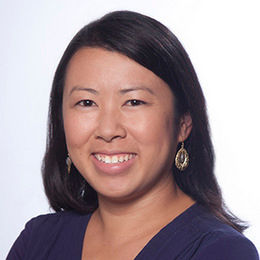
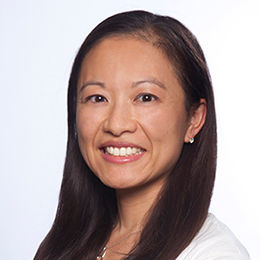
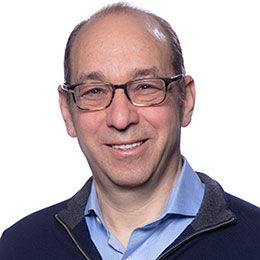
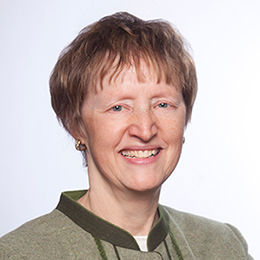
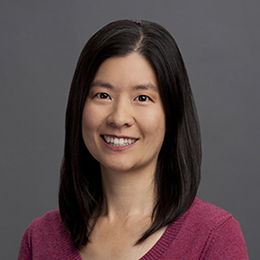
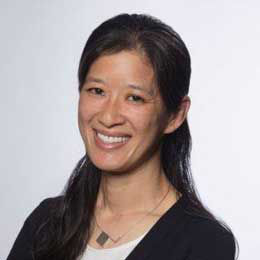
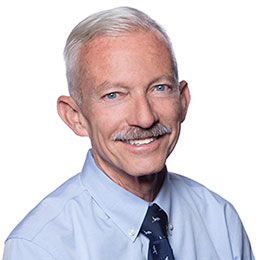
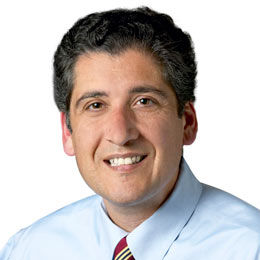
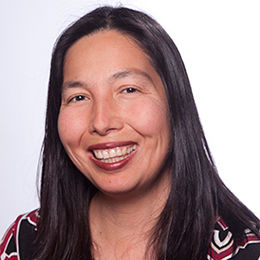
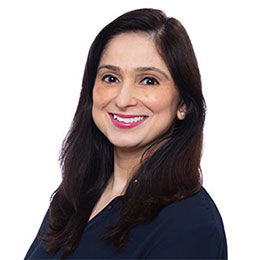


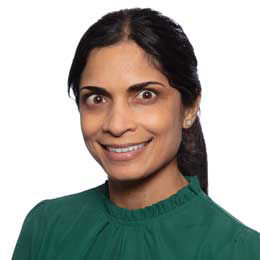
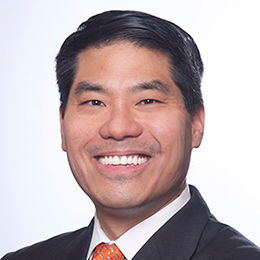
Connect with us:
Download our App: